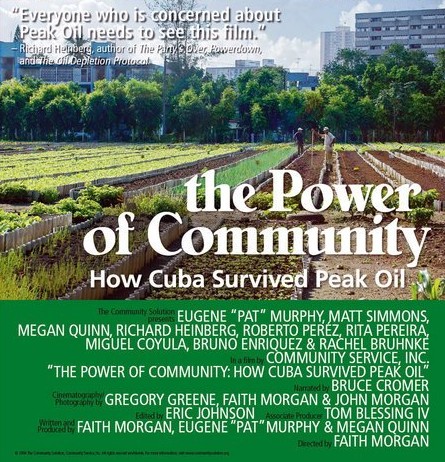Cuba is the largest island in the Caribbean. It is located 150 kilometres south of the tip of the US state of Florida and east of the Yucatán Peninsula. On the east, Cuba is separated by the Windward Passage from Hispaniola, the island shared by Haiti and Dominican Republic.
The majority of the population of Cuba is 51% mulatto (mixed white and black), 37% white, 11% black and 1% Chinese (CIA, 2001). However, according to the Official 2002 Cuba Census, 65% of the population is white, 10% black and 25% mulatto. Although there are no distinct indigenous communities still in existence, some mixed but recognizably indigenous Ciboney-Taino-Arawak-descended populations are still considered to have survived in parts of rural Cuba. Furthermore the indigenous element is still in evidence, interwoven as part of the overall population's cultural and genetic heritage. There is no expatriate immigrant population.
Minority Rights Group International, World Directory of Minorities and Indigenous Peoples



